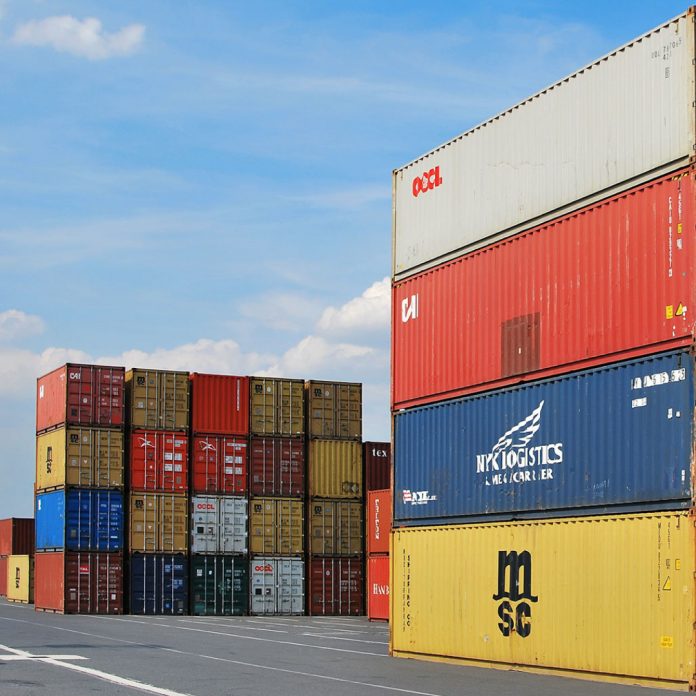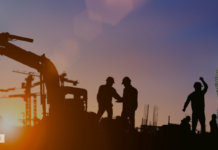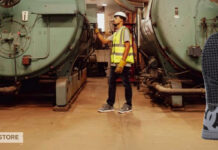We see it at the grocery store, we experience it online, and we’ve heard about it on the news and social media. COVID-19 not only shut most of the world down, but it also obliterated the supply chain worldwide.
What we are seeing today –
Empty shelves and longer shipping times. We are seeing this for a multitude of reasons.
According to the US Bureau of Labor Statistics, there were about 10.9 million job openings as of July 30, 2021. While the labor shortage has been a hot topic for quite a while, it is also one of the reasons we are seeing delays in getting products on shelves.
The United States imports over $2.5 million in goods annually, with that number only increasing. In addition, the demand for imported goods, whether they are raw materials used to make your favorite product here in the US or finished goods, is also increasing.
In order for products to come into the US, cargo ships have to be unloaded (and inspected) at one of our many ports. The cargo is then transloaded to either a train or truck to be taken to the next destination. While most ports are running two shifts, there just isn’t enough people or space to unload and transport the increased amount of cargo that is coming in.
Be aware that manufacturers and retailers are seeing delays of up to seven to eight months for products that are coming out of Asia to the US.
So where is the hang-up?
It’s everywhere. Whether it is having difficulty in getting workers in the ports to unload, getting people in the trucks to deliver, or unloading for storage. It’s in the COVID protocols that send cargo ships back to their own port to recrew and reship when a crew member test positive for COVID. It’s in the hang-ups in foreign ports in getting ships out due to COVID.
But the biggest catalyst we are seeing is the increased demand for goods from Asia. According to Business Insider, “The demand for imported goods is so high that shipping companies are racing to build more boats, a construction process that could take several years.
It is not only the lack of boats to bring items in and out of the US, but the size of the ports. When they were built they weren’t built, for the number of goods that were going in and out of them. The need for larger ports, more workers, more trains and trucks, and more storage facilities is the biggest catalyst for these delays, according to Business Insider.
So what does this mean –
While companies are working to stock shelves with the items people want, it is becoming increasingly difficult to get those items. In a world where most things are accessible with just a click of a button, we are going to have to learn to be patient as the delays in getting supplies into the US are resolved.
This won’t be an easy or quick thing to do. In order to increase the speed of getting items into the US, we need more ships that can carry larger loads, larger ports that can handle the increase in cargo, and an increased labor force to take the process all the way through.
You can view a live map of cargo ships by visiting the Marine Vessel Traffic website.




